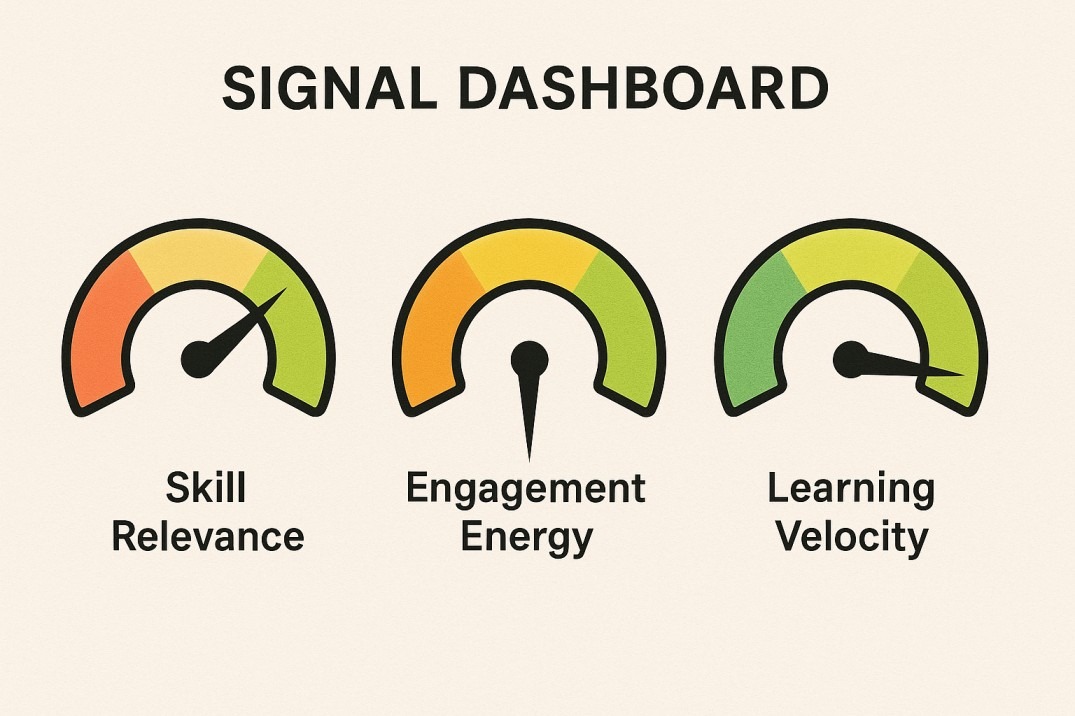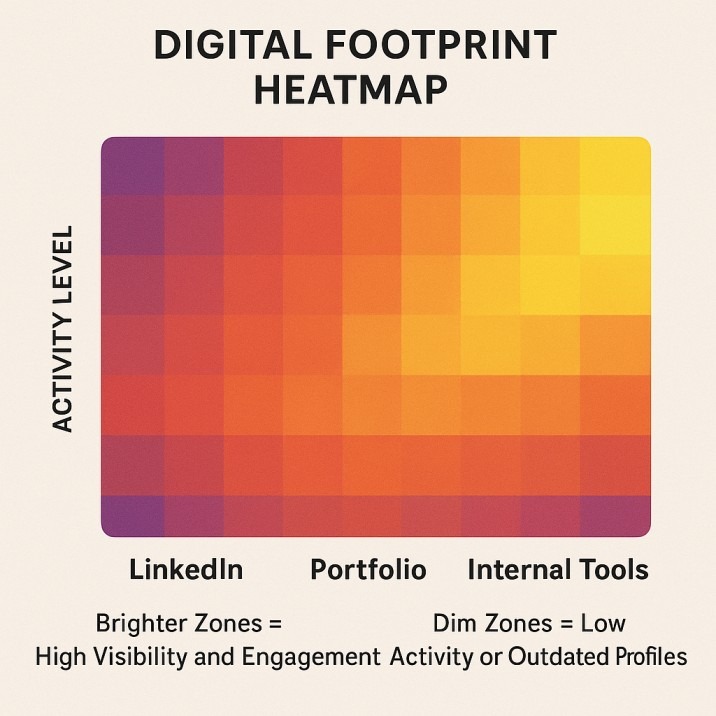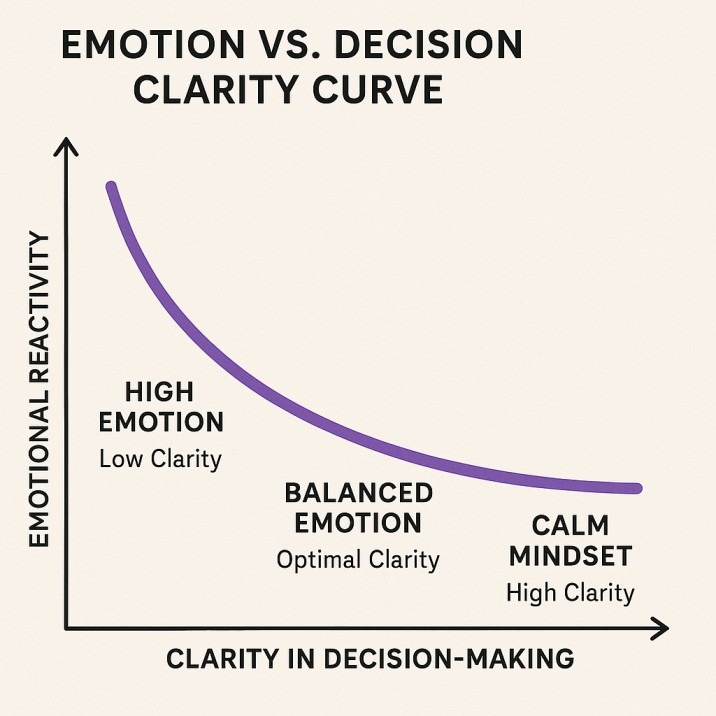Every career is a terrain—filled with detours, hills, and occasional blind turns. The way we navigate it defines not just where we end up, but how we grow along the way. Your professional journey isn’t a linear road between jobs; it’s an evolving ecosystem of experience, feedback, and intention. Think of it as a GPS that constantly recalibrates when life reroutes your plans. When that system is tuned to clarity and data, every turn becomes a choice, not a reaction.
A professional journey functions like a GPS, guided by awareness, adaptability, and reflection. It evolves through recalibration, feedback, and continuous learning. Tracking emotional and performance signals ensures alignment between purpose and direction. True career growth comes from clarity, timing, and the ability to transform every detour into strategic momentum.
Why Treat Your Career Like a GPS
The core idea behind treating your professional journey like a GPS is control. A GPS doesn’t just show where you are—it connects movement to meaning. In the same way, your career needs continuous positioning, updated maps, and live tracking. Without that, you risk moving fast but going nowhere relevant. The map starts with purpose, but the signal that keeps it working is awareness—of both internal motivations and external conditions.
Beyond the Ladder: Multi-Directional Growth
When people discuss a professional journey, they often picture a ladder. Yet ladders go only one way—up. Real progress moves in multiple dimensions: lateral learning, temporary pauses, unexpected leaps, and recalibration. Just as GPS doesn’t punish reroutes, your professional journey thrives when you adapt without shame. Missing a promotion might redirect you toward mastery; changing industries could bring unexpected fluency in leadership. The destination may evolve, but the navigation principle remains: clarity, consistency, and feedback loops.
Setting Waypoints That Evolve
The first checkpoint on this map is direction. Before following anyone else’s route, you define coordinates: what fulfillment feels like, what challenges excite you, and which environments drain your focus. A professional journey is powered by intention; the difference between drifting and driving lies in revisiting those coordinates regularly. Your goals should act as dynamic waypoints, not static endpoints.
When the Signal Drops: Recalibration
Imagine the moments when your internal GPS loses signal—burnout, ambiguity, or sudden organizational change. That’s where recalibration matters most. Feedback serves as your satellite signal; the more you collect, the better your positioning. Regular reflection sessions, performance insights, or even journaling after big projects all add to this triangulation. In an era of rapid automation and AI, the ones who win are those who read the data of their own growth faster than anyone else.
Reading Your Own Analytics
Your professional journey isn’t about collecting job titles—it’s about reading your own analytics. When performance reviews, peer feedback, or client outcomes start showing consistent patterns, they reveal behavioral coordinates. Those coordinates can show whether you’re trending toward impact or drifting toward exhaustion. It’s not just about where you are but why you’re there.
Emotional Signals: The Quiet Coordinates
Every professional journey has quiet signals—emotional indicators often ignored in corporate dashboards. Fatigue after creative projects might suggest misalignment; a sudden flow state could signal that you’re operating inside your authentic zone of strength. These are qualitative signals your GPS can’t automatically read but that your awareness can. When translated into action—by adjusting workload, changing teams, or acquiring a new skill—they convert emotion into evolution.

Expanding the Network Grid
As you move deeper into your professional journey, the complexity increases. Just as highways intersect and new routes open, your professional ecosystem expands. Networking no longer means collecting contacts—it becomes about alignment. Each new connection, mentor, or collaborator becomes a node strengthening your navigation grid. Relationships that amplify learning and visibility act as satellites feeding precision into your GPS.
Recalculate Without the Identity Crisis
This network feedback allows course correction in real time. Suppose your growth stalls in one role. Instead of treating that as failure, your GPS logic reads it as “recalculate.” That recalculation might mean taking a project outside your department or launching a side initiative that reignites creativity. The stronger your professional GPS, the faster you pivot with minimal identity crisis.
Making the Invisible Visible With Data
Technology also plays a role in amplifying awareness. Today, career data lives across platforms—LinkedIn analytics, performance systems, or portfolio traffic. Tracking these signals can make your professional journey tangible. Numbers like engagement on thought leadership posts, endorsements for specific skills, or time spent learning in online courses all form coordinates. They tell you whether your professional presence is visible, relevant, and evolving.

Pace and Timing: Managing Acceleration
One of the most overlooked dimensions of the professional journey is timing. GPS doesn’t just track space—it tracks pace. Likewise, a sustainable career balances acceleration with pauses. Speed without purpose leads to burnout; patience without movement becomes stagnation. A well-timed detour, such as a sabbatical or certification program, often becomes the sharpest accelerator later. Tracking momentum allows you to detect whether your growth is organic or forced.
Updating the Maps: Humility and Unlearning
Another component of this navigation model is humility. GPS updates when new roads appear. Similarly, your professional journey should integrate emerging trends. The humility to unlearn outdated frameworks and adopt new tools keeps your map relevant. Lifelong learners understand that reinvention is not a reset—it’s an upgrade. That mindset ensures your career doesn’t end when industries evolve; it simply changes coordinates.
Emotional Intelligence as Navigation Software
Emotional intelligence acts as navigation software. It doesn’t tell you the route but interprets how you handle detours. Every professional journey encounters conflict, rejection, or uncertainty. Those who regulate their reactions maintain clearer decision signals. When emotion clouds judgment, it’s like driving through fog; recalibration demands stillness. The ability to pause, reflect, and re-center restores the signal between internal values and external strategy.

Mentoring as Shared Orientation
Eventually, a professional journey reaches an altitude where mentoring others becomes part of staying oriented. Sharing your map reinforces your own sense of direction. Leaders who treat feedback as navigation data for their teams build collective GPS systems—cultures where everyone learns to track progress, adapt, and celebrate incremental wins. When that happens, personal success aligns with organizational navigation, and everyone moves with shared awareness.
Turning Intuition Into Strategy
At its core, the professional journey GPS model turns intuition into strategy. Instead of waiting for annual reviews or external validation, you learn to detect weak signals early. Whether that’s shifting motivation, plateaued learning, or rising stress levels, early detection prevents derailing. The long-term goal isn’t just reaching milestones—it’s traveling with precision, agency, and peace of mind.
Calibrate, Travel, Repeat
You may not control the terrain, but you always control calibration. Every reflection, every feedback moment, every deliberate pause refines the coordinates that guide your next move. Over time, this builds not only a successful career but also a coherent sense of self. A professional journey worth taking is one that keeps teaching you how to navigate the next one better.
Conclusion
The most rewarding destinations often appear after unexpected reroutes. In the age of automation, what keeps humans valuable is our ability to interpret context—to recognize when data meets intuition. A GPS gives you directions, but wisdom comes from knowing when to ignore it. Your professional journey mirrors that truth: the tools assist, but the traveler defines meaning. Keep your coordinates updated, signals strong, and recalibration regular. When you treat your growth like a live navigation system, no detour is ever wasted.
Andrea Balint is a writer and researcher focused on human behavior, workplace psychology, and personal growth. Through her work at CareersMomentum, she explores how mindset, leadership, and emotional intelligence shape modern careers. With a background in communication and HR development, she transforms complex ideas into practical insights that help readers build clarity, confidence, and professional purpose.
